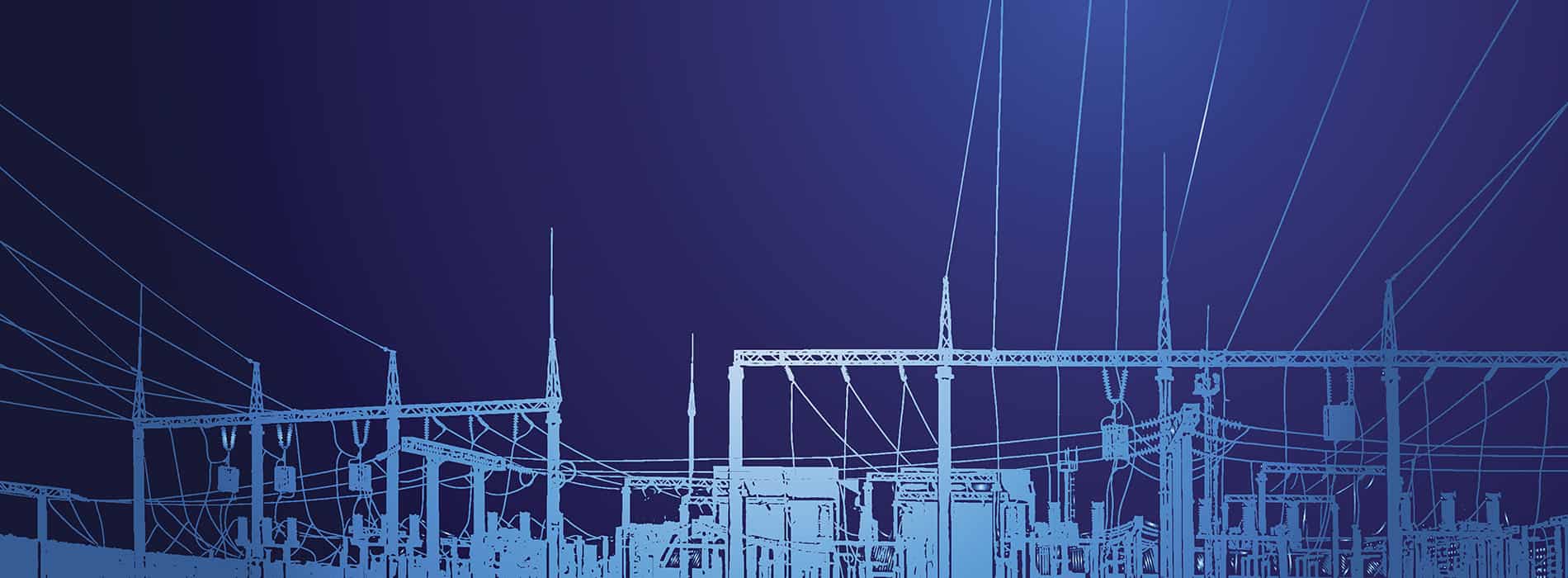The Protection Testing Opportunity: Evolving into the Digital Age and Beyond
The future of protection testing is officially here. The era of electromechanical and microprocessor-based relay systems is finally giving way to digital protection schemes over Ethernet in substation networks.
Advancements in protection technology have drastically accelerated with the adoption of digital substations and Intelligent Electronic Devices (IEDs). The gradual move away from electromechanical relays combined with the advent of wind and solar generation and rising cybersecurity concerns, have added even more pressure for the industry to innovate and transform protection testing systems and practices.
While the basic philosophies between electromechanical, microprocessor, and digital testing technologies are similar, the applications, implementation, and capabilities of each group are vastly different. This creates challenges for utilities, that now work with relays at all three stages.
Overcoming skills and technology gaps
As fast as protection testing technology has developed, the pace of adoption hasn’t always kept up. For decades, the workforce had been trained solely on electromechanical technology and legacy testing routines, methods which are still commonly used despite the fact microprocessor-based technology came onto the scene over 20 years ago. As a result, utilities have been actively adopting a variety of different test sets and software to boost capabilities to test a wide range of conventional relays, but utilizing multiple tools has proven to be a complex and costly strategy that increases errors, complicates troubleshooting, and generates data and results that are difficult to track.
Utilities are best served with an adaptable technology foundation that enables them to embrace new digital testing technologies and also meet analog testing needs. In cases where the majority of commercial and utility power systems are still based on conventional relay protection, the workforce may be behind the curve when it comes to digital environments. Even in the new digital environment, analog testing and microprocessor technology still make up the majority of today’s substations and the traditional workforce is not yet skilled in network and digital typology. As the pressure to modernize increases, tools that can configure to the specific needs of each test site and bridge the knowledge and skills gap will become even more important.
Enter the F8000: Designed to reduce the complexity
Doble’s F8000 Power System Simulators take the complexity out of protection testing by offering a singular platform that eliminates the need to adopt several testing devices, adapts to any testing environment, and brings clarity to the test set up and network configuration process.
As protection testing evolves, the industry requires flexible solutions capable of evolving with industry technologies. With instrument chassis that come with several size options and can house modules for control, power, logical inputs and outputs (I/O) and digital streaming, organizations can configure their equipment to both analog and digital testing schemes.
Unlike other platforms, the F8000 is also backwardly compatible with Doble Protection Suite™ and Doble RTS™, and existing test plan software. Not only does this create a seamless transition to new equipment and minimize disruption to workforce processes and training, but it also enables a uniform testing experience whether the user is testing individual relays, IEDs or entire schemes, either locally or across substations in a wide area.
While the nature of protection testing has shifted dramatically over the last few decades, these changes are nowhere finished. The F8000 is built with the future in mind. Thanks to the modular design, organizations can easily incorporate new technology onto the platform and incrementally upscale their capabilities. This allows for more agility as the industry enforces new regulatory standards and digital schemes, and substation automation becomes more widespread.
Utilities will consistently need to upskill both workforce and upgrade their equipment as the industry evolves. Doble is committed to helping utility teams make the technological transition as seamless and valuable as possible. With flexible hardware and software designs and Doble’s training and support to address the skills gap, utilities can confidently take the F8000 into any test environment today and tomorrow.
To learn more about the F8 and its key features, please visit here.
Additional Information:
- News: Doble Engineering Company Launches F8000 Power System Simulators
- Further reading:











